Strange addictions refer to a category of behavioral addictions characterized by an individual’s compulsive and excessive engagement in activities or consumption of substances that are considered unconventional or socially taboo. These peculiar habits often interfere with multiple aspects of one’s life, leading to a range of detrimental physical, emotional, or psychological effects. Specific signs and symptoms can help identify the presence of these unusual addictions in an individual, warranting further investigation and potential intervention.
Strange addictions refer to a category of behavioral addictions characterized by an individual’s compulsive and excessive engagement in activities or consumption of substances that are considered unconventional or socially taboo. These peculiar habits often interfere with multiple aspects of one’s life, leading to a range of detrimental physical, emotional, or psychological effects. Specific signs and symptoms can help identify the presence of these unusual addictions in an individual, warranting further investigation and potential intervention.
From consuming inedible substances to forming unconventional relationships with inanimate objects, the world of addiction is more diverse than most of us imagine. In this blog post, we’ll delve into the most bizarre and mind-boggling addictions that people have, the impact they have on their lives, and how they seek help to overcome these harmful habits.
1. Strange and Bizzare Eating Habits
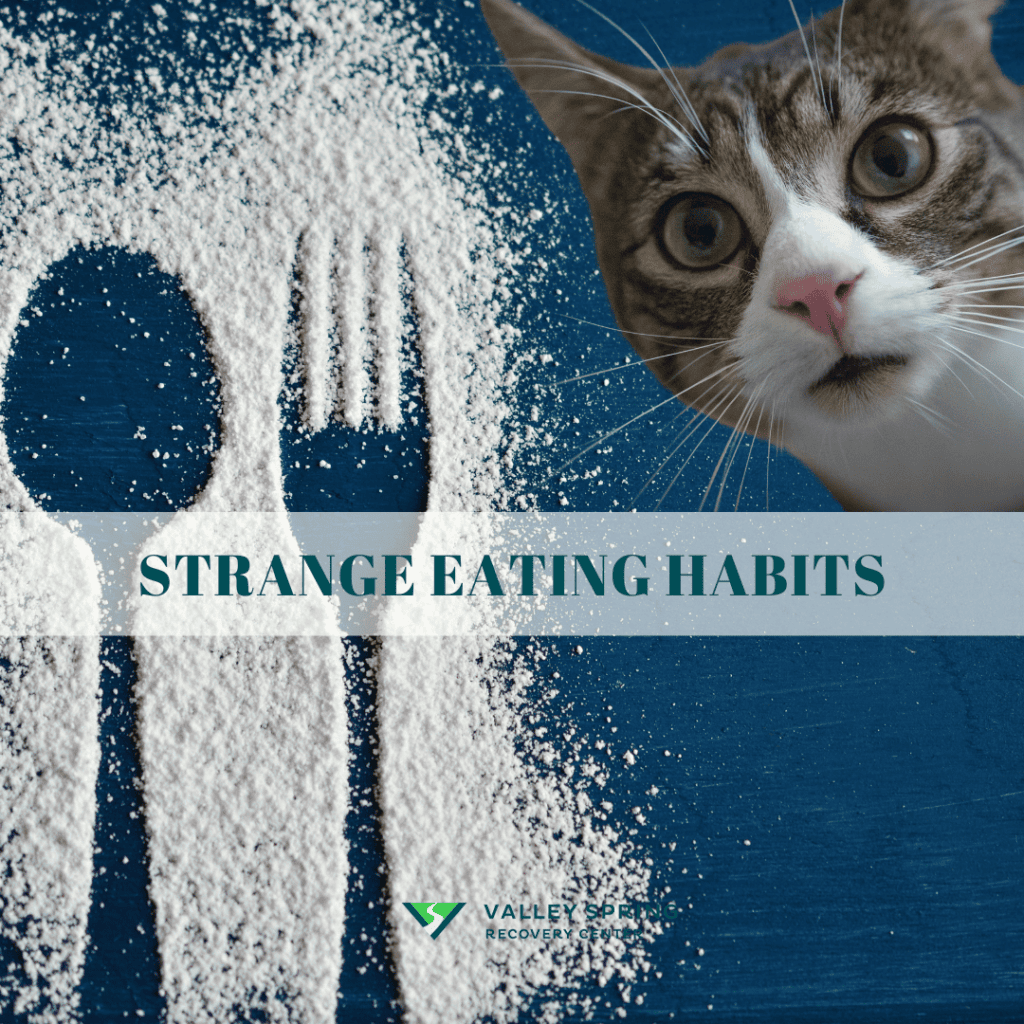
Strange eating habits are defined as the consumption of unimaginable non-food items despite negative consequences. There are numerous cases of people ingesting substances that are uncommon, which are listed below:
dryer sheets
hair right off cats
drywall
toilet paper
consuming the ashes of a deceased loved one
eating rocks
cigarette ashes
glass
The impact of these addictions, including being addicted to eating, on the individuals affected can be quite concerning. Apart from the potentially harmful effects on their bodies and the risk of developing health issues like cancer, these addictions can consume their lives, making them anti-social and even leading to an extreme state of poverty in some cases. It’s not just about the act of people eating; it’s about the obsession and compulsion that drives them to consume such unusual items.
When it comes to potential health risks, the list is long and alarming. Ingesting chemicals found in soaps, developing geophagia as a psychiatric condition, and eating glasses are just a few examples of the dangers these individuals face on a daily basis. Understanding the severity of these addictions and the resulting impact on both the individual and their loved ones is vital.
2. Bizarre Body Obsessions
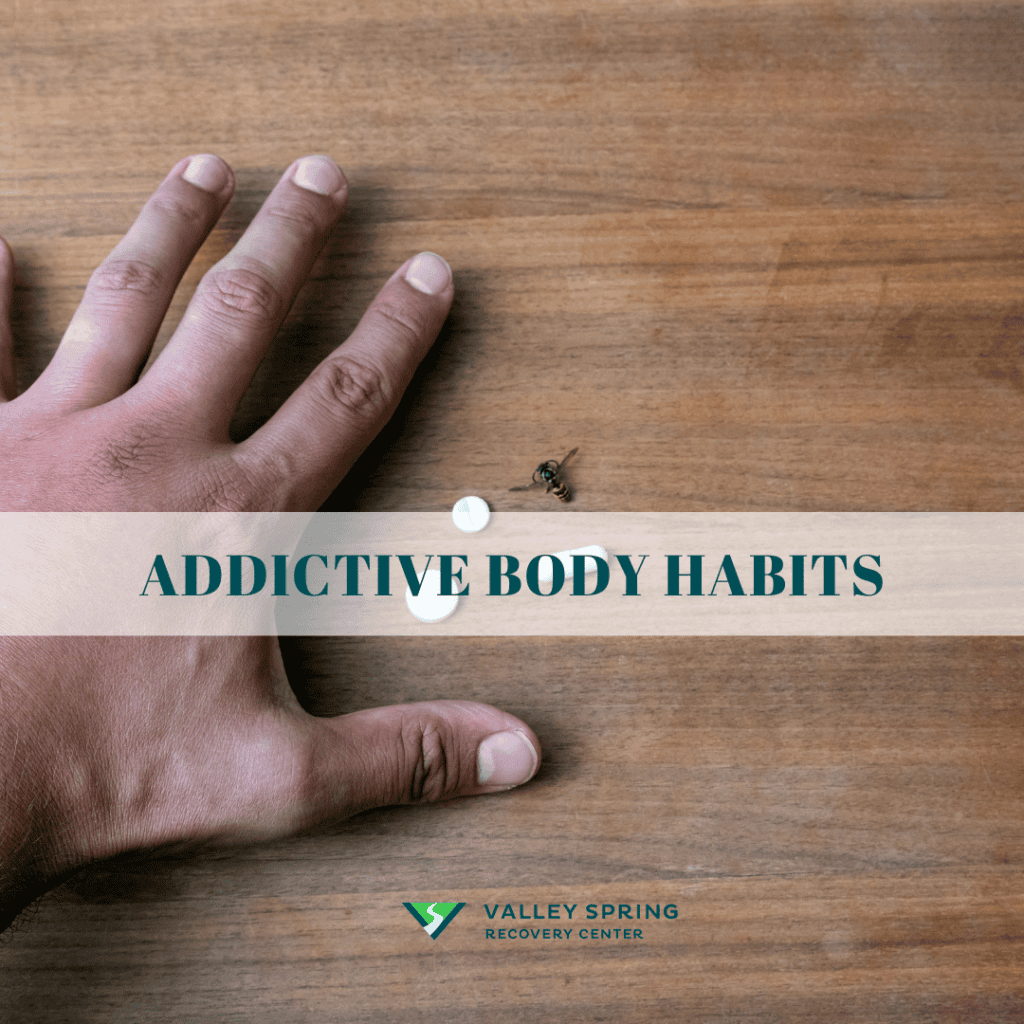
Body-related obsessions are another realm of strange addictions that can leave most people bewildered. These addictions include:
Compulsive body piercing
Body casting
Dermatillomania (skin picking)
Snorting talcum powder
Self-inflicting bee stings
Although the risks associated with these addictions might not be as extreme as eating mattresses, they still have their own set of dangers, including the absence of that satisfying crunch.
Body casting addiction, for example, involves applying a cast to one’s own body, an act that might seem peculiar but less bizarre than collecting dead animals. Similarly, snorting baby powder or deliberately stinging oneself with bees can lead to severe health issues and should not be taken lightly.
While the release of endorphins often drives these bizarre body obsessions, providing a sense of calmness and relaxation, the associated risks far outweigh any perceived benefits. Therefore, seeking help and support to overcome these dangerous addictions is a necessity.
3. Unconventional Relationships

In the realm of the most bizarre addictions, unconventional relationships occupy a special place. These relationships involve a person forming a deep emotional bond with an inanimate object, such as a car, a doll, or a carnival ride. Examples of these unusual relationships include Nathaniel’s relationship with his car, “Chase,” Davecat’s relationship with his doll, Sidore, and Linda’s relationship with her carnival ride, Bruce.
The different types of unconventional relationships can vary greatly. Objectum-sexual relationships, like Linda’s connection with Bruce, and pony play addiction, such as Nathaniel’s bond with his car, can be seen as forms of seeking comfort and emotional satisfaction in unconventional ways. These relationships often serve as coping mechanisms for loneliness or depression, providing a sense of companionship and understanding that might be difficult to find in human relationships.
However, the implications of these unconventional relationships can be quite complex. While they may offer solace and companionship to those experiencing emotional turmoil, they can also be detrimental to an individual’s mental health and social life. For the emotional well-being of those involved in these peculiar bonds, it’s important to strike a balance between finding comfort in unconventional relationships and maintaining healthy connections with other humans.
4. Hygiene-Related Fixations
Hygiene-related fixations are another category of strange addictions that can be both puzzling and concerning. Examples include thumb sucking, bathing in bleach, pulling hair out of shower drains, and even hoarding, sniffing, and chewing on dirty diapers. These fixations might not be as extreme as eating plastic bags or bee stings, but they still have their own risks and consequences.
Take Evan, a 28-year-old from Seattle, who has developed a compulsion to pull hair out of shower drains up to three times a week. His addiction began following the passing of his father and has since consumed his life. Similarly, Keyshia, a 22-year-old from Queens, New York, is addicted to hoarding, sniffing, and chewing on soiled diapers. Her addiction began three years prior when a friend asked her to dispose of a dirty diaper, but she kept it instead.
These hygiene-related fixations can have a significant impact on the lives of those affected, including physical and mental health repercussions, as well as social and financial implications. For the well-being of both the individual and their loved ones, it’s vital to recognize the severity of these addictions and seek help to overcome them.
5. Ingesting Dangerous Substances
The consumption of dangerous substances is another category of strange addiction that can be both baffling and life-threatening. People who ingest hazardous materials, such as glass, bullets, or nail polish, often do so for attention or thrill-seeking purposes. The risks associated with these behaviors are numerous and can lead to severe health complications if left untreated.
For instance, Bertha was reported to be addicted to drinking nail polish, while a Canadian woman was reported to be addicted to drinking the blood of pigs. The motivations behind these dangerous addictions may vary, but the common denominator is the potential harm they can cause to the individuals involved and those around them.
Overcoming these dangerous habits requires help and support, which is vital for the safety and well-being of both the individual and their loved ones. Recognizing the severity of these addictions and taking action can prevent further harm and assist those affected in regaining control over their lives.
6. Bodily Fluids
Consuming one’s own urine is considered one of the most unusual addictions in the world. Carrie, a 53-year-old woman, developed this addiction and even used her urine to clean her teeth. While these coping mechanisms might provide temporary relief, they can have significant long-term physical and mental health repercussions.
7. Eating Soap
Eating or consuming soap bars or soap flakes is a behavioral addiction that can negatively impact health and relationships. This peculiar addiction captivates the addict, who often describes the soap’s unique texture and aromatic scent as irresistibly alluring.
8. Drinking Paint
Drinking paint is a behavioral addiction where addicts find themselves entrapped in the strange habit of ingesting liquid paint. It’s mind-boggling to consider that someone would willingly consume a substance replete with toxic chemicals, thus jeopardizing their well-being, but it happens and these addictions should not be made fun of or stigmatized. Just like drug addiction, in behavioral addiction, the addicted person is not able to break the habit on their own despite the consequences of their actions.
9. Chewing Ice
On the surface, it may appear innocuous, but the addict’s compulsion to chew ice is a perplexing habit. This strange oral fixation can lead to dental issues such as enamel erosion and may even be indicative of an underlying medical condition like anemia.
10. Sniffing Gasoline
In a perilous dance with volatile substances, some individuals find the act of inhaling gasoline fumes to be an unbelievable addiction. This hazardous habit can lead to severe neurological damage, making it a high-stakes gamble for the addict.
11. Eating Hair (Trichophagia)
In a bizarre intersection of grooming and gastronomy, this strange habit involves the compulsive consumption of hair strands, often one’s own. The addict can suffer from severe digestive issues, including the formation of hairballs in the stomach, due to this unsettling addiction.
12. Collecting Dolls
In an obsessive quest for inanimate companionship, some individuals develop a strange habit of amassing a large collection of dolls. This peculiar addiction can sometimes interfere with the addict’s daily life, social interactions, and even financial stability.
13. Tanning Addiction
In a relentless pursuit of a sun-kissed glow, some addicts develop a habit of excessive tanning. Whether it’s basking under the natural sun or frequent tanning beds, this strange addiction comes with a high risk of skin cancer, making it an unbelievable health gamble.
14. Eating Glass (Hyalophagia)
In shocking defiance of common sense, some individuals engage in the unbelievable habit of consuming glass objects. This perilous addiction exposes the addict to a high risk of internal injuries, including lacerations and perforations of the digestive tract.
15. Body Modification
In an extreme form of self-expression, some individuals become addicted to altering their physical appearance through tattoos, piercings, and even surgical procedures. This strange habit can escalate to unbelievable levels, as the addict seeks increasingly radical modifications. People addicted to body modifications sometimes express this addiction through tattooing their eyes which can lead to blindness and other severe consequences, but they are not able to stop because of the sensation they get from the act which makes this behavioral addiction very dangerous.
16. Eating Chalk
Consuming chalk repeatedly despite its utter lack of nutritional value, the addict finds the powdery texture and earthy taste to be an unbelievable source of satisfaction.
17. Hoarding
In a chaotic spiral of acquisition, some individuals develop the strange habit of compulsively collecting items, regardless of their utility or value. The sheer volume of possessions that an addict can accumulate over time is both bewildering and unbelievable.
18. Drinking Blood
Renfield’s Syndrome is the act of consuming blood, either from animals or humans, and exposes the addict to a myriad of health risks. Renfield’s syndrome is sometimes referred to as Clinical vampirism, which has been documented with over 50,000 cases of individuals addicted to drinking blood according to Richard L. Vanden Bergh and John. F. Kelley.
19. Pulling Out Hair (Trichotillomania)
Hair-pulling disorder or Trichotillomania is a mental disorder that involves recurrent, irresistible urges to pull out hair from your scalp, eyebrows, or other areas of your body, despite trying to stop. This leads to noticeable bald spots and can be emotionally taxing for the addict.
20. Eating Ashes
Eating ashes is a fairly common addiction within the realm of strange addictions where the addict is not able to properly cope with their grief and instead feels a calming sensation or closeness to the person they lost when they consume their ashes. This strange habit poses significant risks to the addict’s digestive system and is truly an unbelievable form of addiction.
21. Obsession with Death
In a morbid fascination that transcends cultural norms, some individuals develop an unbelievable addiction to the concept of death. This strange habit can manifest in various forms, from frequenting cemeteries to engaging in risky behaviors, and can severely interfere with the addict’s daily life.
What Is The Impact Of Addiction on Friends and Family?
Addiction has a profound impact on relationships, friends, and family members creating feelings of worry and tension in their relationships due to the addict’s peculiar habits which negatively affect their life. Loved ones might feel a mix of anxiety, fear, and confusion as they try to reconcile why the person can’t stop their addiction. To people outside the stages of addiction, it can be confusing why the addict is not able to just stop their addiction since logically the consequences seem great enough that a reasonable person would just stop. However, the euphoria received in the brain from continuing with the addiction outweighs the consequences in the mind of an addict.
Friends and family members need to remain supportive and understanding, encouraging their loved ones to seek help and treatment for their addictions. Support from relationships even if impacted by the addiction can aid the individual in overcoming their addiction and working towards a more fulfilling life.
Are There Rehab Programs For Behavioral Addictions?
Rehab in the context of substance abuse and behavioral health refers to programs or treatments that help individuals stop consuming harmful substances and resume healthy, productive lives. These programs focus on healing the body mind and spirit.
Overcoming a strange or unconventional addiction often requires professional help and support, including therapy support groups, and sometimes residential rehab to address harmful habits and underlying issues. Various therapeutic and support services are available to help individuals manage their unusual dependencies and live healthier lives.
Rehabilitation for unconventional and obscure addictions can hinge upon seeking help and addiction treatment, as it equips individuals with the necessary guidance and tools to tackle their harmful habits and enhance their overall well-being. For example, Casie sought help and treatment for her addiction to consuming her husband’s ashes, ultimately working towards a healthier life.
How Can Individuals Recover From A Unconventional Addiction?
Individuals with strange addictions need to acknowledge their need for help and support, taking steps to address their habits. This approach can help them regain control over their lives and steer towards a brighter, healthier future.
These addictions can have a significant impact on the lives of those affected, as well as their friends and family members. Seeking help and treatment is crucial for overcoming these harmful habits and regaining control over one’s life. As we’ve seen through these bizarre examples, the human mind is capable of developing the most unusual obsessions, but with the right support and treatment methodologies, recovery is possible
What is My Strange Addiction?
My Strange Addiction is an American documentary television series that reveals the compelling stories of people with unusual compulsive behaviors.
Follow these addicts as they reveal their strange addictions and meet with psychological experts in order to attempt to gain control over their lives.
How much does My Strange Addiction pay?
My Strange Addiction does not pay participants for their appearances on the show.
Is Nathaniel still in love with his car?
It appears Nathaniel has moved on from Chase and is now in a friends-with-benefits relationship with his car Lex, indicating he is not as deeply in love with it as he once was.
Where can I watch My Strange Addiction Season 1?
You can watch My Strange Addiction Season 1 on TLC GO or Prime Video.
What are the strangest addictions in the world?
From bee stings and glass eating to dating a car and marrying a carnival ride, these are some of the strangest addictions featured on the TV show “My Strange Addiction”.
What are some of the most Unusual drug addictions?
While drug addiction is a serious issue that should not be taken lightly, some substances are particularly strange and unusual or even bizarre in terms of their addictive properties. Here are some examples:
- Salamander Brandy: This is a type of brandy that includes a salamander in the bottle. It is believed to have hallucinogenic properties.
- Krokodil: This is a homemade opioid that is similar to morphine and heroin but has severe side effects, including skin necrosis.
- Benzo Fury: This is a synthetic stimulant that is less known but can be very dangerous.
- Cobra Venom: Some people use cobra venom for its supposed euphoric effects, although it is extremely dangerous.
- Purple Drank: This is a mixture of soda, candy, and prescription cough syrup containing codeine and promethazine. It is consumed for its sedative and euphoric effects.
What are the most expensive addictions?
The most expensive addictions include Cocaine and Heroin abuse due to high street prices and frequent usage, Gambling due to the potential for massive financial losses, Alcoholism considering long-term health care and productivity loss, and Prescription Drug addiction, especially with medications like OxyContin and Fentanyl, due to high prescription costs and potential for illegal purchase.
Ben Fisher
All author postsShare This Post



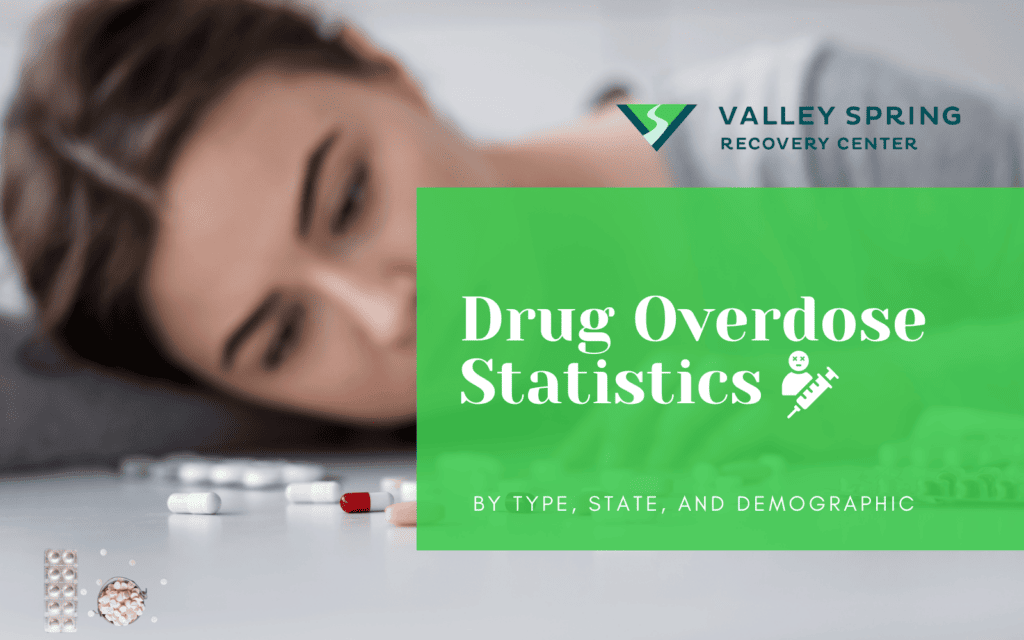


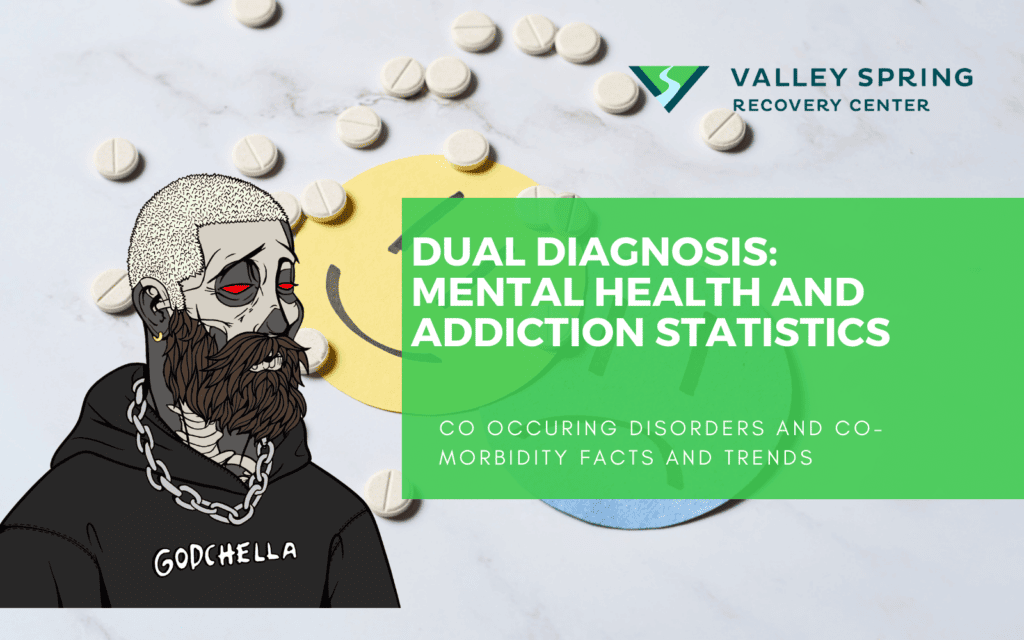
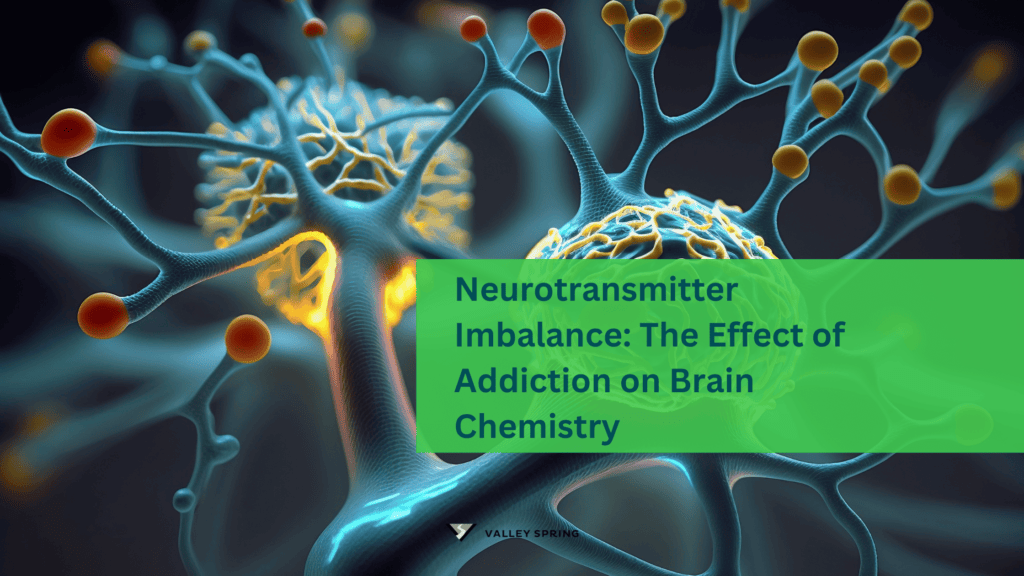



2 comments
saul
Eating ashes and glass is a scary addiction. Wow.
George Kocher
Yep, Some people have unusual addictions.